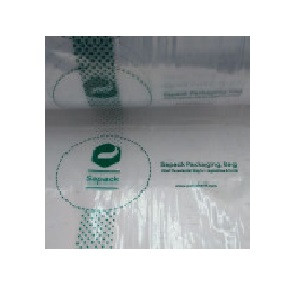| Baspar Pishrafteh Sharif Company |

| Registration Date | 5 Apr 2021 |
| Revision Date | 5 Apr 2021 |
| Share |
Textile Fibers, Yarns, and Fabrics
antibacterial protective filmBy reducing the particle size to nanoscale, the release of ions increases, which leads to an increase in their antibacterial activity.
Industrial and consumer polymers can be susceptible to microbial attack, causing undesirable effects such as staining, odors, and physical degradation. Bacteria and fungi feed on most plastic and polymer additives often leading to a potential loss of product integrity. This is particularly true for outdoor applications, where constant environmental stresses dramatically reduce the life of an untreated article. Antimicrobial plastic, polymers and composites provide excellent benefits. Antimicrobial additives (masterbatches) offer valuable protection for polymers. They are incorporated into a wide variety of plastics and polymeric materials to prolong their life, maintain their aesthetic appeal, or reduce surface contamination. Polyethylene (PE) is the most commonly used plastic polymer in the world. Extensive research has been carried out in the last decades in order to investigate possible methods to prepare antibacterial plastics. Some nanoparticles are being used industrially for modifications of plastics. A common feature is their antibacterial activity. The antibacterial activity of them has been demonstrated against human pathogenic bacteria, mainly E.Coli and S.aureus.